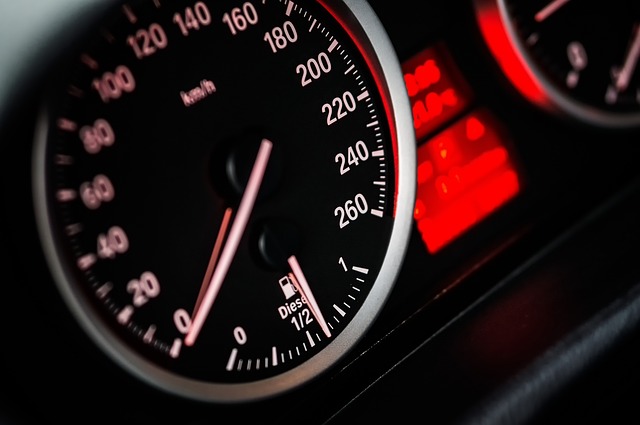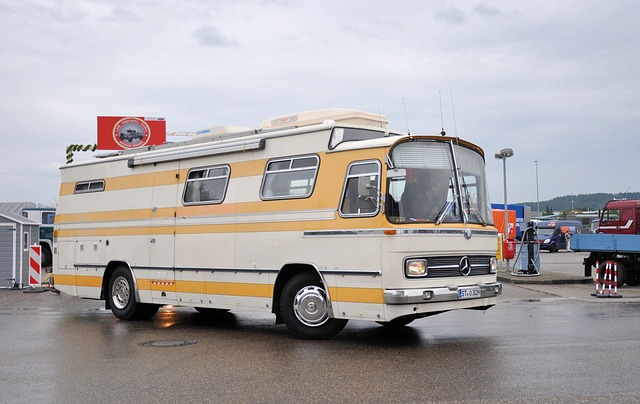Looking to register your car in California? This comprehensive guide breaks down the process step-by-step. From understanding essential requirements for car registration in The Golden State to securing your vehicle’s unique Vehicle Identification Number (VIN) through DMV verification, you’ll discover everything needed for a smooth experience. Learn how to gather necessary documents, visit your local California DMV office, and complete the VIN verification process efficiently. Also covered: payment of registration fees and obtaining your license plate.
- Understand Requirements for Car Registration in California
- Gather Necessary Documents for DMV Vin Verification
- Visit Your Local California DMV Office
- Complete Vehicle Identification Number (VIN) Verification
- Pay Registration Fees and Receive Your License Plate
Understand Requirements for Car Registration in California

Before registering your car in California, it’s crucial to understand the specific requirements. The California Department of Motor Vehicles (DMV) mandates several key steps for ensuring your vehicle complies with state standards. One critical aspect is the DMV VIN verification process, which involves cross-referencing the unique Vehicle Identification Number (VIN) against manufacturer records to confirm authenticity and safety features. This is typically done through an official DMV inspection or, in some cases, by utilizing a mobile vin verifier or mobile vin inspection service that specializes in remote, paperless verifications.
Additionally, you’ll need to ensure your car meets environmental standards, has valid registration paperwork from the previous state (if applicable), and passes any required safety inspections. Keeping these factors in mind will help streamline the registration process, ensuring a smoother transition for your newly-registered California vehicle.
Gather Necessary Documents for DMV Vin Verification

Before heading to the DMV for registration, ensure you have all the essential documents required for a successful DMV VIN verification. This process is crucial to establishing the vehicle’s history and authenticity. Gather the following: your valid driver’s license or state ID card, proof of residency (such as a utility bill), the title or registration certificate from the previous state (if applicable), and the completed Vehicle Registration Application form. Additionally, you’ll need to provide a mobile vin verifier or have the vehicle’s VIN inspected for any discrepancies.
Make sure these documents are organized and easily accessible to streamline the verification process. It’s advisable to double-check with your local DMV to confirm if there are any additional requirements specific to California, ensuring a smooth transition during your visit.
Visit Your Local California DMV Office

To begin the registration process, start by visiting your local California DMV office. This is a crucial step as it allows you to interact with officials and ensures that all necessary paperwork is accurately completed. At the DMV, you’ll need to bring along several key documents, including proof of insurance, identification, and your vehicle’s title. The staff will guide you through the registration process, which includes a detailed inspection of your car. This involves a vin inspection (verification of the Vehicle Identification Number) to ensure the vehicle matches the details on the title and other official records.
While at the DMV, inquire about the option for a mobile vin inspection or utilize a mobile vin verifier if available. These services can provide added convenience by allowing the verification process to take place at your location, saving you time and potentially avoiding a trip back and forth between your home and the DMV office.
Complete Vehicle Identification Number (VIN) Verification

Before proceeding with the registration process, it’s crucial to complete a Vehicle Identification Number (VIN) verification. This step is essential for ensuring the vehicle’s authenticity and history. The California Department of Motor Vehicles (DMV) recommends this crucial process as part of their registration procedures. You can perform this vin inspection either at a DMV office or opt for a convenient mobile vin inspection service, which allows you to verify the VIN remotely.
A mobile vin verifier can be particularly useful if you’re dealing with a used car purchase or transferring ownership. This alternative method streamlines the process by bringing the vin inspection directly to you. With a few simple steps and the help of specialized technology, this service provides accurate and reliable vehicle history data, giving you peace of mind as you navigate California’s registration requirements.
Pay Registration Fees and Receive Your License Plate

After completing your vehicle’s registration application at the DMV or online, the next step is to pay the registration fees. These fees vary based on your vehicle’s type and age. Once processed, you’ll receive a notice confirming your payment and detailing when and where to pick up your license plate. This typically involves scheduling a separate appointment for a vin inspection or vin verification at a designated DMV location.
Ensure that you bring all required documents, including your vehicle’s registration papers, proof of insurance, and identification. If opting for a mobile vin inspection, some third-party services allow you to have the plate installed on your vehicle without needing to visit a DMV office directly, streamlining the process further.
Registering a car in California involves understanding specific requirements, gathering essential documents, visiting your local DMV office, completing a VIN verification process, and paying corresponding fees. By adhering to these steps and ensuring accurate DMV VIN verification, you’ll be well on your way to securing your vehicle’s registration in the Golden State.



